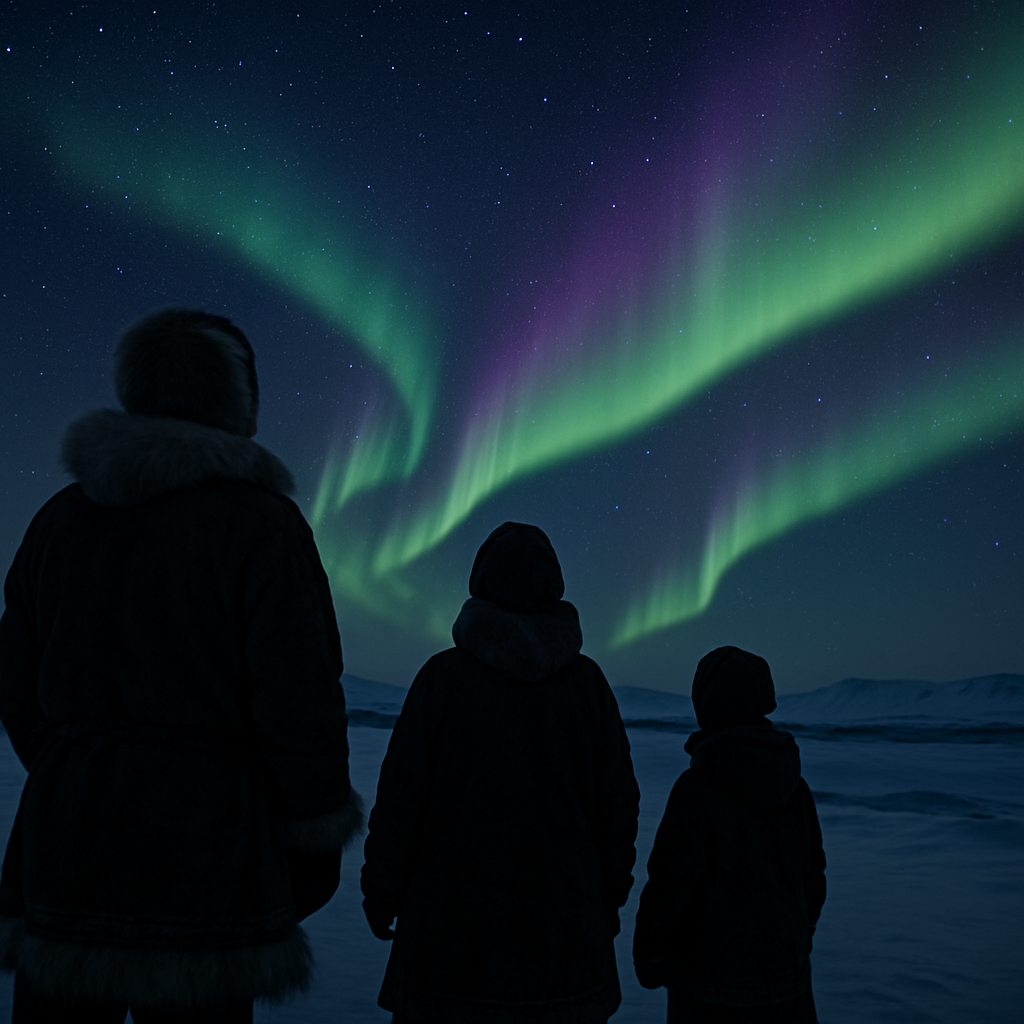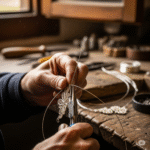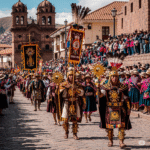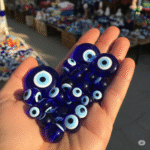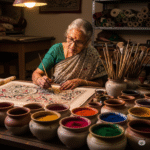For centuries, the Inuit people of the Arctic have looked up at the swirling bands of green and violet light in the night sky and seen something far more profound than mere science. These lights—known globally as the Aurora Borealis—are, in Inuit culture, spiritual entities. More than just a spectacle of nature, they are living legends, woven into the fabric of Arctic life.
The Lights as Spirits
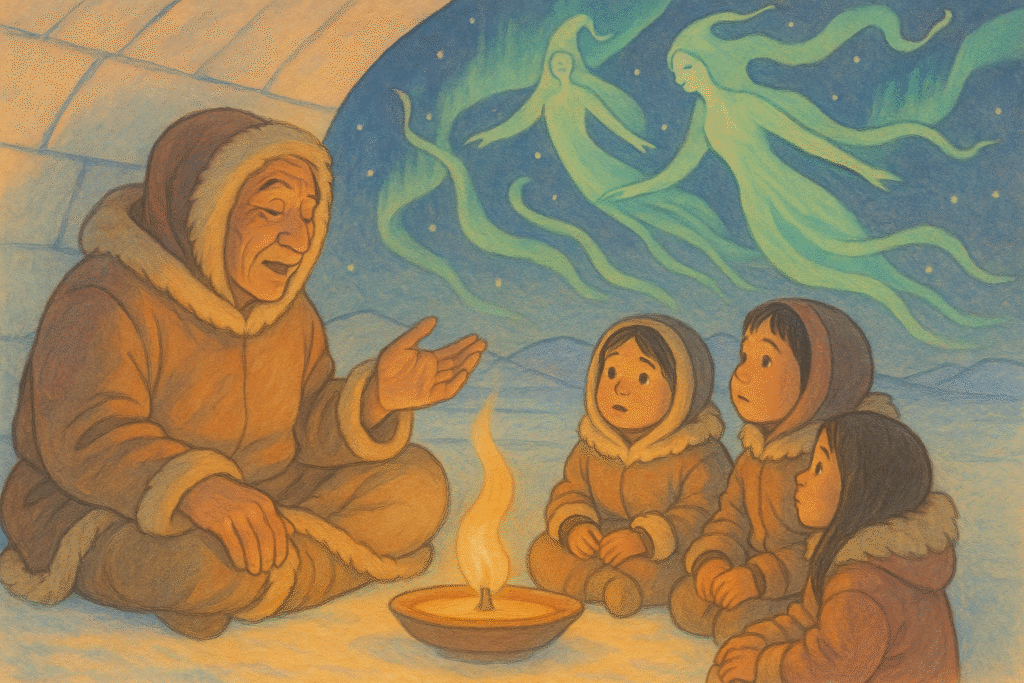
Among the Inuit communities of Canada, Alaska, and Greenland, one of the most cherished beliefs is that the Northern Lights are the spirits of the dead playing a celestial game. Some say they are playing ball with a walrus skull; others believe they are guiding the souls of the departed to the afterlife. These interpretations vary by region, but all share a reverent connection between the lights and the spirit world.
When the aurora dances especially close to the ground, elders say it means the spirits are trying to communicate with the living. In some regions, people would whistle to the lights—an invitation to come closer—but they’d also wear protective charms or hats, as the lights could “snatch” people away if disrespected.
Colors with Meaning
Interestingly, the colors of the aurora carry symbolic meaning in some Inuit stories. Green, the most common, is seen as peaceful and protective. Red or violet hues are rarer and sometimes viewed as warnings or signs of spiritual unrest. These beliefs fostered a sense of mindfulness and reverence whenever the skies lit up.
Passed Down by Storytellers
Like most Indigenous traditions, these stories were passed down orally by elders and storytellers, often around oil lamps in snow-covered camps. The tales weren’t just entertainment—they were a way to teach respect for nature, the spirits, and one another. Children grew up not just seeing lights but feeling their meaning.
Science Meets Spirit
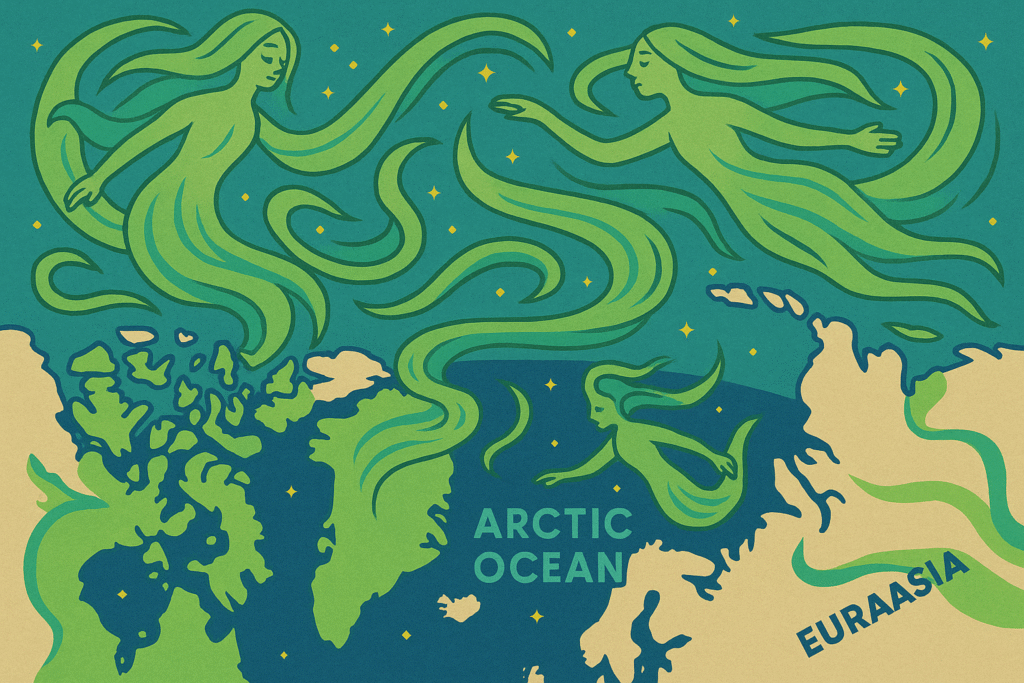
Modern science explains the aurora as a result of solar particles colliding with Earth’s magnetic field. But in Inuit culture, scientific facts coexist with spiritual truth. The legend gives emotional depth to a natural phenomenon, reinforcing values of respect, humility, and the mystery of life after death.
A Living Tradition
Today, many Inuit artists, dancers, and musicians still draw inspiration from the Northern Lights. Beaded jewelry reflects aurora shapes. Murals in Arctic towns show figures swirling beneath glowing skies. And elders continue to tell these stories, reminding younger generations that the lights are not just beautiful—they are sacred.
Want to Explore More?
If you loved this story, you might also enjoy:
